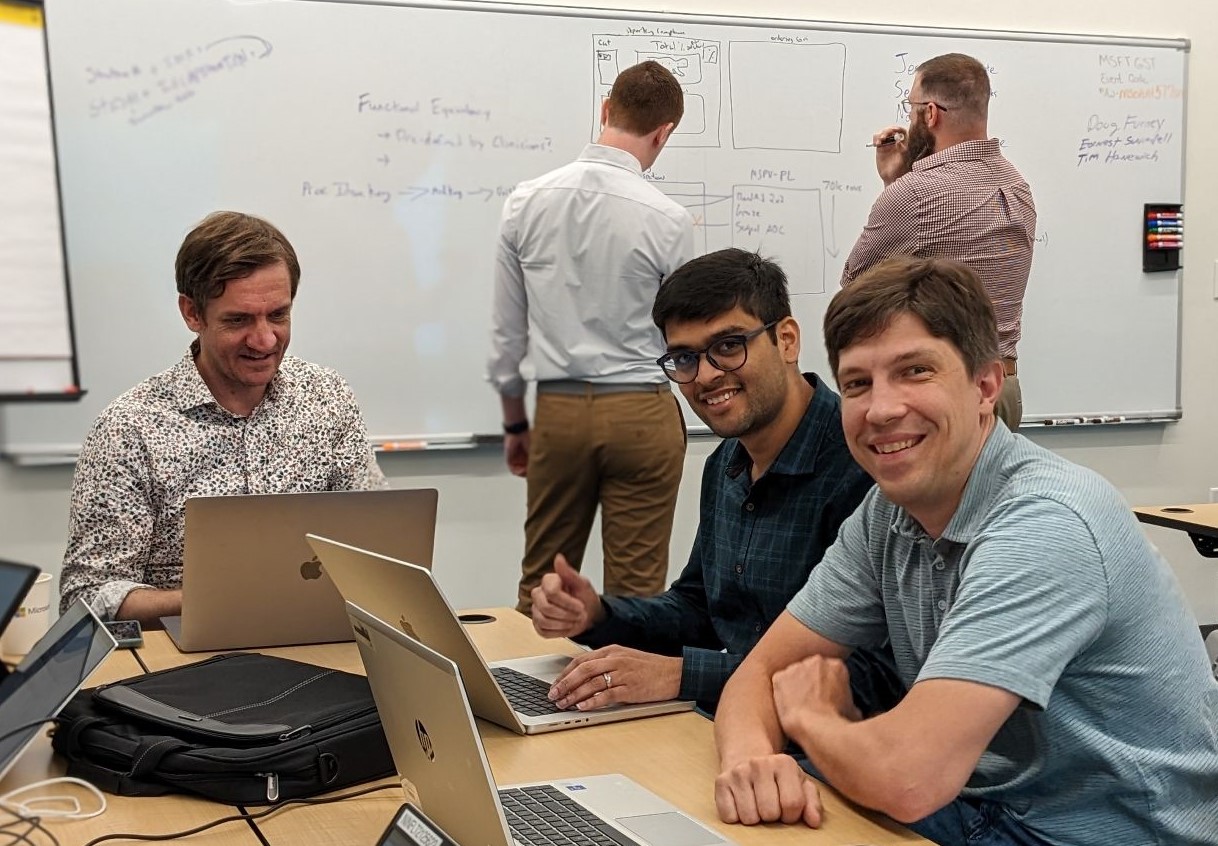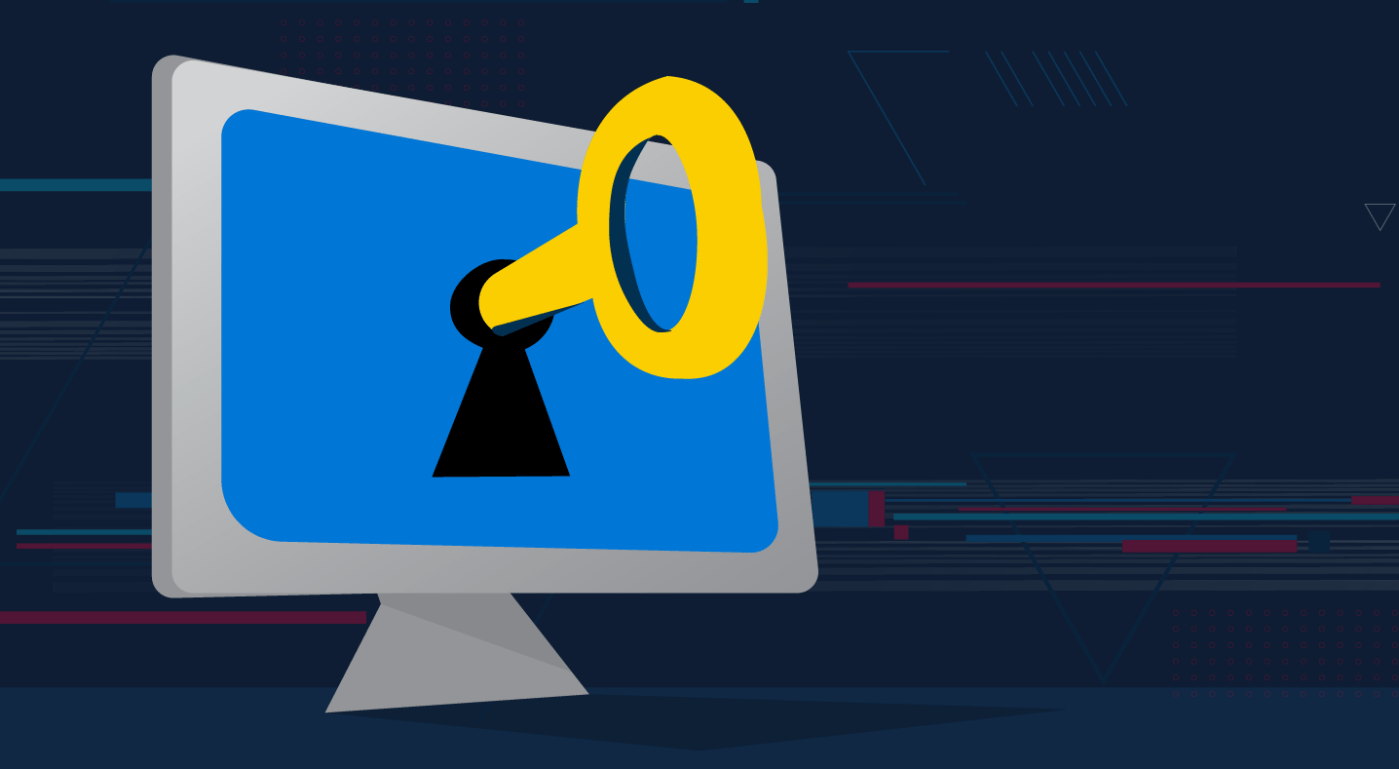In November, the VA Financial Services Center (FSC) hosted its second annual Data Analytics Service (DAS) Hackathon in Austin, Texas. Building on the success of last year’s hackathon, the FSC DAS team brought together the nation’s top technology companies and leading data experts with VA subject matter experts (SME), who applied data science innovations to improve VA health care supply chain operations.
Eighteen leading tech companies and nine VA organizations participated in this year’s hackathon, contributing their SMEs, expert data engineers and data scientists. These experts were divided into five teams to compete for bragging rights on the best approach to solving a complex supply chain challenge, given a set of accessible platforms, tools and data sets.
The problem to hack
VA is the largest integrated health care network in the country, and it has immense buying power when purchasing items in bulk, which, in turn is able to drive preferential pricing and terms. To facilitate this buying, VA maintains a set of contracts called the Medical Surgical Prime Vendor Product List (MSPV-PL). However, there are time when VA spends outside the list, due to price, convenience, emergency, product availability, or some other circumstance or factor. This is called off-contract spending.
When an off-list purchase is made, it is typically for a different brand or version of an item on the product list—one paper towel brand over the other, for example. These products do virtually the same thing but are not the exact same item—they are “functionally equivalent” items.
The Hackathon focused on using data science methods to identify off-contract spending on items for which a functionally equivalent item exists on the MSPV-PL. Hackers were charged with finding functional equivalency and developing analytical solutions for streamlining purchasing, where possible, back onto the MSPV-PL.
The logistics
The Hackathon included experts who were highly collaborative and enthusiastic. VA organizations and industry partners provided leadership and team members; generous and authoritative resources for a platform, software, security, use case, judging, social events, venue, and sessions support.
A few of the significant contributors were the Procurement and Logistics Office, which provided the use-case, data and SMEs; Office of Information Technology (OIT) and the FSC Financial Technology Service (FTS) that supported the platform, environment and security; Microsoft and Databricks that supported architecture, design, daily planning SCRUMs, software training and venue; and the National Artificial Intelligence Institute (NAII) provided the keynote speaker, judging criteria and the lead judge.
Teams were constructed as a balanced mix of company/organization, skill sets and on-site versus virtual attendance. Every team was hybrid with a complete virtual conferencing setup in their work rooms to allow seamless collaboration. Each had an identical sandbox environment set up to access VA supply chain SMEs with data and problem space expertise.
While the five hackathon teams were working, two keynote sessions, eight showcase presentations and networking opportunities engaged the 40 onsite and 30+ virtual observers. Both keynote speakers, Dr. John Zachary, the acting VA NAII program manager for Trustworthy AI, and Rich Caruana, a Microsoft principal researcher, delighted the audience with their fresh and insightful discussions about AI concepts, principles and current practices. DAS and some participating companies also shared their accomplishments, capabilities and innovative new technologies in the showcases.
The winner and what happens next?
All five teams brought distinct and unique approaches to the problem, with usable insights and solutions from each team. However, only one team could be crowned the winner of the FSC Data Analytics Hackathon 2022!
The winning team was Team Hacky Sack, comprised of:
- Abe Arredondo (TISTA Science and Technology Corporation)
- Corey Abshire (Databricks)
- Abir Chakraborty (SAIC)
- Joseph Figueroa (VA Financial Services Center Data Analytics Service)
- Seth Menghi (Ventura & DigiCloud)
- Roshan Patel (Microsoft)
- Brandon Peacock (FTC)
- Darshan Sundaram (TISTA Science and Technology Corporation)
- Grant Toeneboehn (Deloitte)
Team Hacky Sack’s solution consisted of leveraging graphs to develop probabilities of functional equivalency by comparing facilities and supply bin numbers. They supplemented this approach with natural language processing techniques that compared item descriptions using Word2Vec and BERT. Finally, the team leveraged Facebook Prophet to project purchasing patterns 12 months into the future. This drove insights into an interactive dashboard deployed by a Continuous Integration/Continuous Delivery (CI/CD) pipeline the team developed as a modern DevOps solution.
What Happens Next?
The VA Procurement and Logistics Office is considering all these solutions and insights for implementation by starting a proof-of-concept project with DAS.
Hackathons continue to prove an effective means of intensively driving problems to solutions through collaborating combined brain power applied in a dedicated and focused timeframe. Additionally, these events are designed to build strong network connections throughout the community of practice.
Topics in this story
Statement of Endorsement
Reference herein to any specific commercial products, process, or service by trade name, trademark, manufacturer, or otherwise, does not necessarily constitute or imply its endorsement, recommendation, or favoring by the United States Government, and shall not be used for advertising or product endorsement purposes.
More Stories
Hear from VA Deputy Chief Information Security Officers as they give insights on what the Veteran community should know about online safety—including tips to keep your family and loved ones safe online.
Social Media shops are available on every major platform. Knowing the privacy risks of online shopping can help you stay safe this holiday season.
As you get ready for the holidays, keep online safety in mind to avoid any unwanted surprises.






